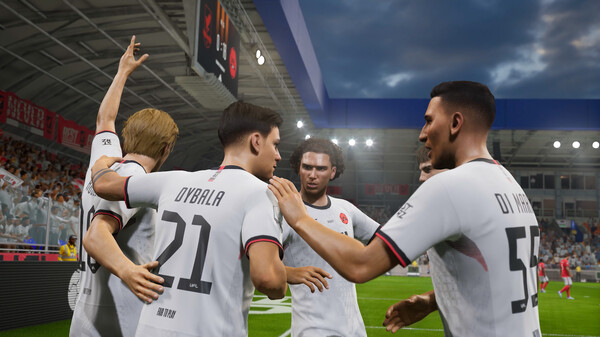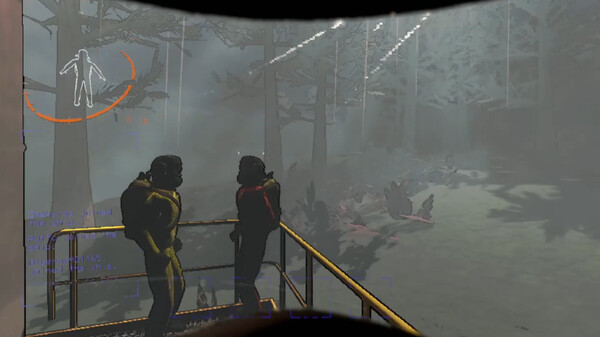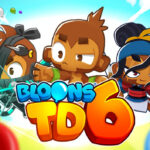Popular Now
Since its explosive debut in 2016, Pokémon GO has revolutionized mobile gaming by blending augmented reality with real-world exploration. However, not all players have had equal experiences. While urban Trainers enjoy bustling PokéStops and constant raids, rural players are often left in the dust. This article takes a deep dive into the longstanding, overlooked issue of rural support in Pokémon GO, examining its origins, the community's response, Niantic's actions, and what the future may hold.
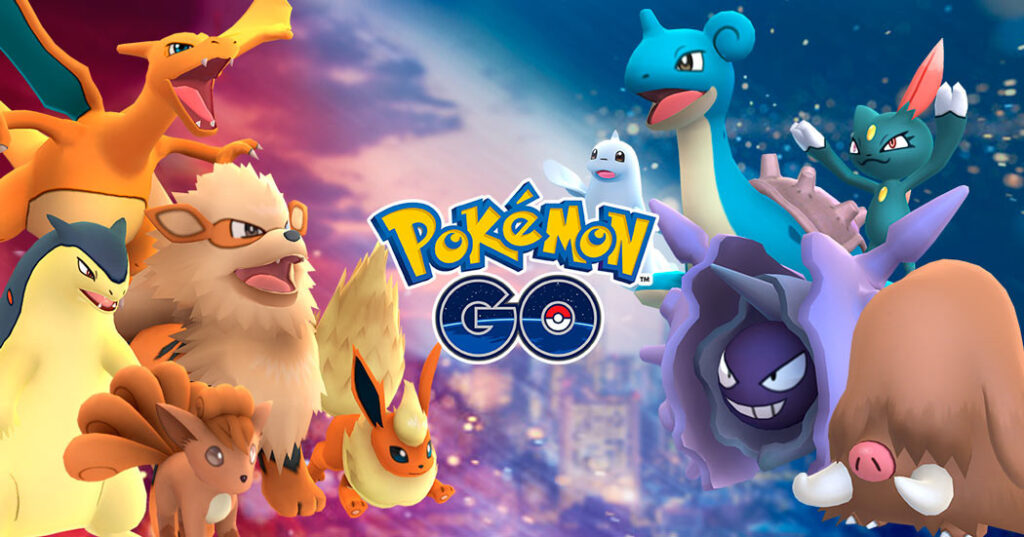
2016–2017: The Launch and Early Imbalance
When Pokémon GO launched in July 2016, players around the world flooded streets and parks in search of Pokémon. However, the disparity between urban and rural areas was immediately noticeable. The game’s core mechanics—PokéStops, Gyms, spawns—were all tied to geographic data sourced from Niantic’s previous game, Ingress, which relied heavily on user-submitted locations.
This system inherently favored urban areas, where Ingress players had densely populated maps. Rural towns, on the other hand, were often left with a handful—or sometimes zero—PokéStops and Gyms. While urban players could walk a few blocks and catch dozens of Pokémon, rural players might find a single spawn on a 10-mile drive.
The Core Gameplay Challenge
-
No PokéStops meant no items—especially Poké Balls.
-
No Gyms meant no battles, coins, or community interaction.
-
Pokémon spawns were scarce or completely absent.
2018: The Community Day Conundrum
In early 2018, Niantic introduced Community Days—monthly events with boosted spawns, XP, and exclusive moves. For urban players, it became a major highlight, with packed parks and social excitement. But for rural players, the excitement quickly turned into frustration.
Without spawn clusters or PokéStops, many rural Trainers were unable to catch enough Pokémon to make the event worthwhile. Worse, event spawns were coded to cluster around known spawn points, further isolating rural players from full participation.
Missed Opportunities
Rural Reality:
-
Community Day often meant walking in empty streets with zero spawns.
-
Limited or no access to Lures and group play.
2019: Temporary Solutions and the Rise of Feedback
As player frustration grew, the Pokémon GO community began to speak up. Reddit threads, tweets, and blog posts highlighted rural woes. Niantic introduced several minor improvements—such as weather-based spawns and new ways to earn items through research tasks—but these were largely seen as band-aids, not solutions.
One of the most praised features was the introduction of Adventure Sync, allowing players to earn rewards by walking even when the app wasn’t open. This gave rural players another avenue to gain items and eggs, albeit passively. Still, the core imbalance remained unresolved.
Community Advocacy Grows
-
Rural players began organizing under hashtags like #RuralTrainersUnite.
-
Fan maps and reporting systems emerged to identify underserved areas.
2020: COVID-19 and the Temporary Equalizer
The global pandemic in 2020 forced Niantic to rethink how Pokémon GO worked. With lockdowns in place, players couldn’t gather in parks or public spaces. In response, Niantic rolled out sweeping changes that inadvertently benefitted rural players:
-
Increased interaction distance (80 meters).
-
Remote Raid Passes.
-
More generous incense spawns regardless of location.
For the first time, rural players could participate in raids and catch Pokémon from their homes. The pandemic, ironically, created the most equitable gameplay experience in Pokémon GO’s history.
2021: Remote Raiding and Its Double-Edged Sword
While Remote Raid Passes opened doors for many, including rural Trainers, it also created a subtle dependency. Players now needed access to online raid communities—like Discord and Facebook groups—to fully leverage the feature. For rural players with limited internet or data, this was another layer of challenge.
Furthermore, Remote Raids were monetized. Unlike free daily passes, players had to buy Remote Raid Passes, making long-term engagement costly. What began as a lifeline soon became a paywall.
Online but Isolated
-
Rural players depended on global communities rather than local friends.
-
The lack of local raids made in-game socializing difficult.
2022: The Reversal of Pandemic Buffs
Despite widespread praise, Niantic began rolling back pandemic-era changes in 2022. The incense effectiveness and interaction distance were reduced. These reversions sparked outrage across all player types—but for rural players, it was devastating.
Many rural Trainers saw their spawns disappear again. The removal of Remote Raid flexibility during events further isolated them. It felt like a deliberate step backward, signaling that the lessons of the pandemic were being ignored.
Backlash and Boycotts
-
#HearUsNiantic trended as rural and disabled players voiced concerns.
-
Major Pokémon GO influencers spoke out in defense of rural Trainers.
2023: Routes, Zygarde, and Missteps
In mid-2023, Niantic introduced Routes and the Zygarde Cell mechanic—systems meant to encourage exploration and community-driven content. But the feature rollout was slow and buggy, and heavily reliant on user-submitted content and local popularity.
Urban areas got dozens of Routes quickly approved, while rural areas languished in backlog. This reintroduced the exact imbalance seen at the game’s launch, leading many to call the feature "Ingress 2.0"—accessible only to cities with high foot traffic and active players.
The Problem With Player-Created Content
Approval Delays:
-
Route submissions could take weeks or months to be approved.
-
Rural Routes often rejected for "lack of public access" or "low popularity."
2024: Niantic's Promises and Community Distrust
Niantic began 2024 by promising better outreach and more inclusive events. They teased "Rural Events" and expanded PokéStop submissions. However, rural players remained skeptical, noting that such promises had come before with little change.
The root issue—tying core gameplay to real-world density—remained unchanged. Unless rural areas were mapped with the same detail and density as urban zones, any improvements would be surface-level at best.
Token Changes vs Real Change
-
Increased PokéStop submission rate was helpful but slow.
-
Limited-time "Rural-only" events were geographically ambiguous.
The Real Impact: Burnout, Isolation, and Departure
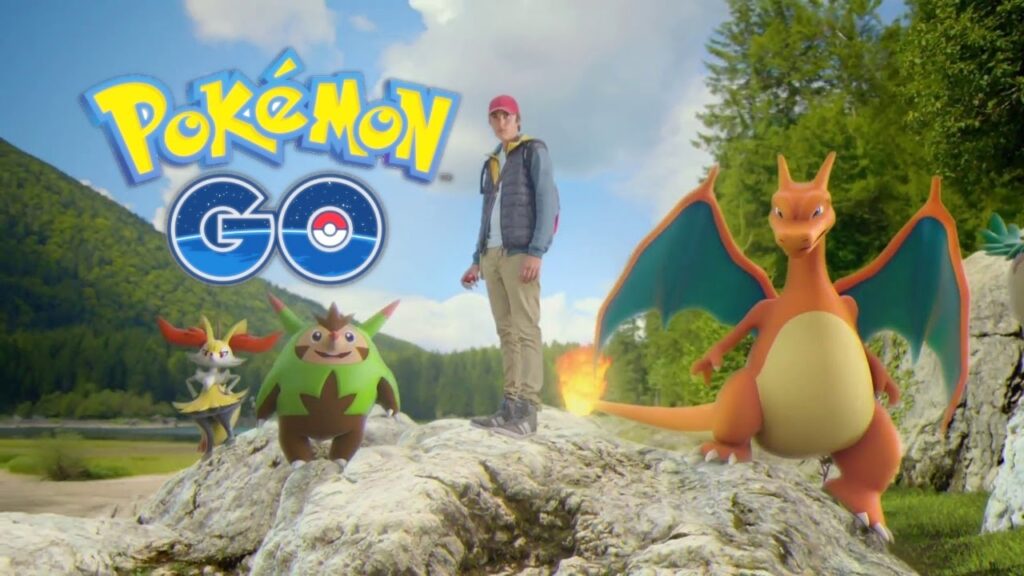
Many rural Trainers, after years of fighting for visibility, have simply quit. The feeling of being left behind led to burnout, with players feeling their loyalty was unrewarded. Social isolation also played a role—Pokémon GO’s appeal was always about connecting with others, and for rural players, that connection was rarely local.
This departure trend is evident in the declining activity in rural Facebook groups and local chat rooms, many of which are now dormant. Rural communities that once thrived in spite of limitations have slowly withered under the weight of neglect.
Silent Fadeouts
-
Small towns with once-active player bases now have no active Gyms.
-
Longtime players delete accounts or quietly disengage.
What Needs to Change: A Path Forward
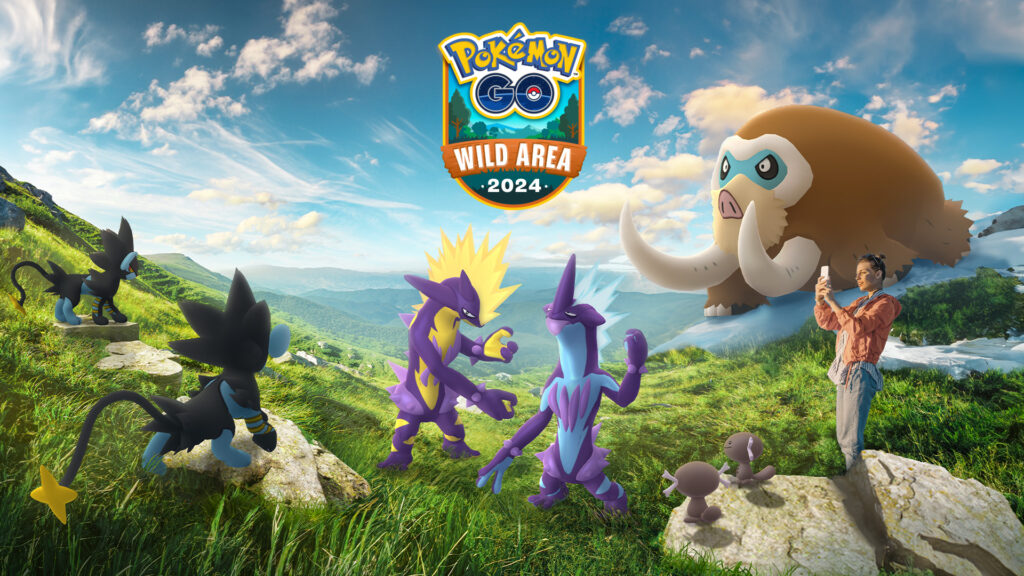
If Niantic truly wants Pokémon GO to be the "game for everyone, everywhere," it must rebuild its rural strategy. This includes meaningful game mechanics that do not require physical density—such as:
-
Universal item drops not tied to PokéStops.
-
Guaranteed raid rotations for solo players.
-
Automated spawn boosts based on GPS sparsity, not population.
More importantly, the company must listen to feedback and commit to closing the experience gap—not just during crises like COVID-19, but consistently.
Real Inclusivity
Simple Fixes With Big Impact:
-
Ensure one Gym per ZIP code minimum.
-
Expand NPC battle options for players with no local teams.
-
Make rural Routes a submission priority.
Conclusion: No Trainer Left Behind
The history of Pokémon GO is filled with innovation and connection—but also with exclusion. Rural players, despite their passion and persistence, have consistently been overlooked. From the game’s initial mapping biases to pandemic reversals and underwhelming features like Routes, Niantic has yet to fully address this gap.
Pokémon GO’s motto is to explore the world together, but unless meaningful support is given to rural communities, that "together" remains a broken promise. It’s time Niantic re-centers its mission and ensures every Trainer, no matter their location, has a chance to play and thrive.












